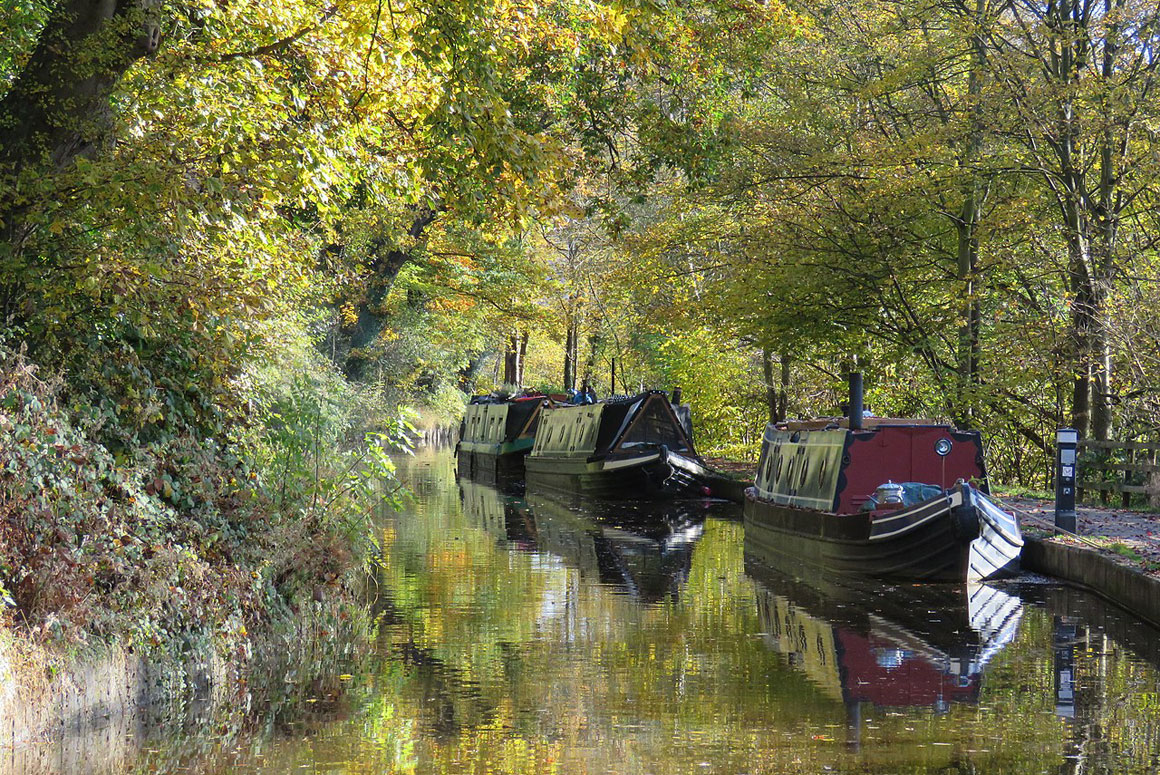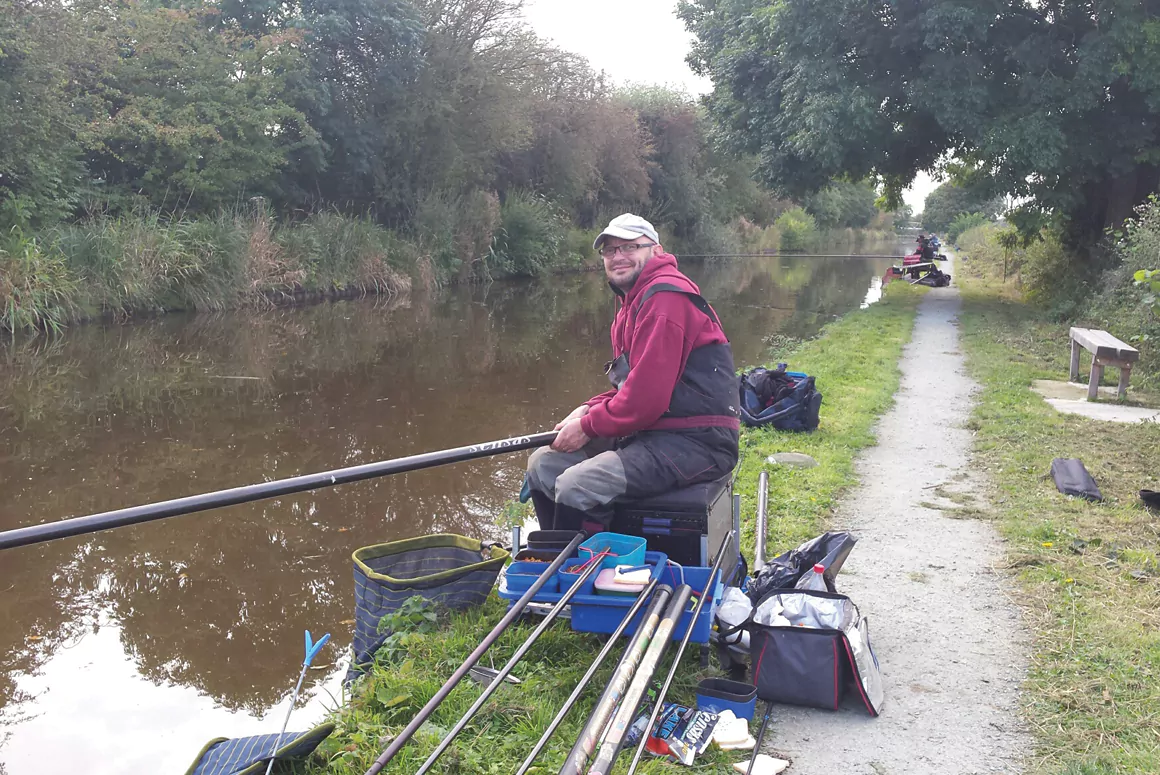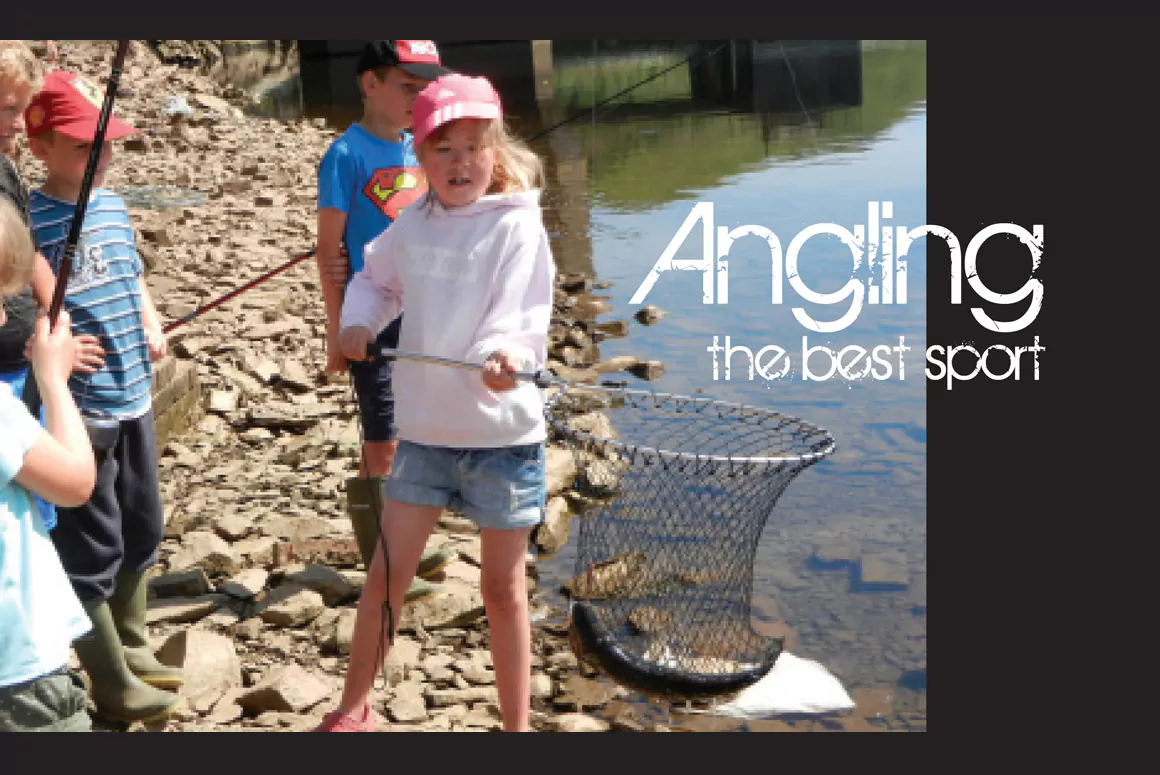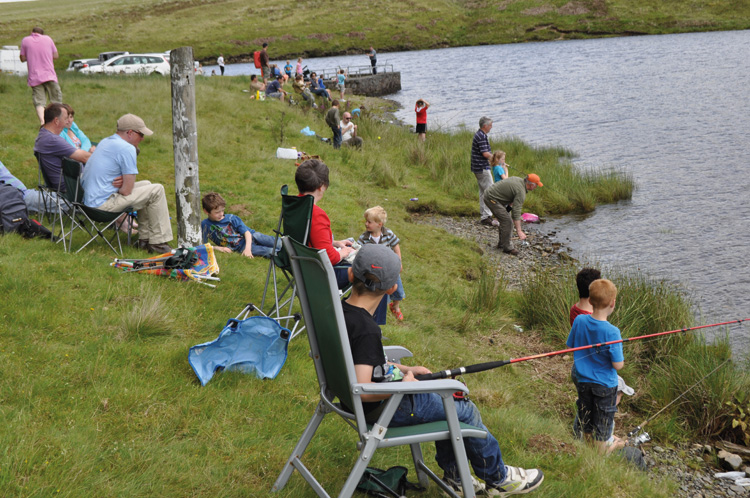![]()
Anthony Rees gets an insight from John Ellis about canals In Wales
*First published in Welsh Country Magazine Jan-Feb 2017
The canals that run through Wales offer the angler some excellent fishing and with this in mind I asked John Ellis, National Fisheries & Angling Manager, to write this article for this issue. It covers not only angling but shows that the canals can offer much for all. They are an ideal destination where families may have competing interests.
An Introduction to Canal & River Trust
Canal & River Trust (Glandwr Cymu in Wales) is the largest navigation authority in England & Wales with around 2,000 miles of canals and rivers under its management. There are around 70 miles of Trust owned canal within Wales. The Monmouthshire & Brecon Canal and Swansea canals run wholly within Wales whilst the Llangollen & Montgomery Canals traverse the national boundary. The Trust is perhaps best known for boating activity and indeed boats are at the heart of what the canal network is about and are an integral part of the waterways. But there is much more to the nations canals than boats alone.
Something for Everyone
Almost 30% of our canals are designated for nature conservation including the Montgomery Canal Special Area of Conservation. Canals are part of our history and heritage. The Trust is the third largest owner of listed buildings with 2,700 such structures in our ownership. The most iconic of all has to be Pontcysyllte Aqueduct which is one of the five UNESCO world heritage sites managed by the Trust. The stunningly beautiful Llangollen Canal runs through the Dee Valley and Clwydian Range Area of Outstanding Natural Beauty. The Monmouth & Brecon canal forms part of the Blaenavon Industrial Landscape which is another world heritage site. The aforementioned canal, considered by many observers to be the kingdom’s most picturesque, is the most popular visitor attraction within the Brecon Beacons National Park. On top of this, the Trust also happen to be the largest owner of fishing rights in the UK.
Canals & Future Regeneration
There is a close connection between Wales’s canals and its post-industrial towns. As has been witnessed elsewhere in the UK, however, the waterways owned and managed by Glandwr Cymru and those owned and managed by others have the potential to make a significant contribution to the well-being of Wales. In particular most benefit could potentially accrue in those places which have been economically and socially hardest hit by de-industrialisation.

Making Use of Canals
There is already significant use made of Wales’s canals but it is not always appreciated that 96% of that use is on the towpaths, which are freely accessible to all. Towpaths are flat and level, which makes them some of the most easily accessible open spaces in both urban and rural areas, ideally suited to encourage active travel and exploration, and help people cope with stress. Canals offer great volunteering opportunities for local populations. Each year over 12,000 hours of volunteering takes place on the Swansea canal alone.
Welsh MP’s Helped Secure Canal Fishing’s Future
It was with the support and lobbying of many Welsh Labour MP’s from the South Wales Valleys back in the mid 1960’s that led to the 1968 Transport Act listing the provision of fishing as a statutory duty for the then British Waterways. A deal was struck between the National Federation of Anglers and the Transport Minister Barbara Castle, that in return for British Waterways delivering on that duty, the angling community would agree to pay for the privilege.
Hidden Fishing Gems
The canals in Wales are hidden gems for the keen coarse angler. The Llangollen is fed from the River Dee and thus always has a steady flow. As well as coarse fish such as roach, bream dace, perch and gudgeon the occasional brown trout will put in an appearance. This canal is also a stronghold for protected eels and brook lamprey as are the Swansea and Mon & Brecon canals. The navigable section of the Mon & Brecon holds the same range of coarse fish species as the Llangollen. Much of the Montgomery Canal is not fully navigable and this tends to be weedy and the water has high clarity. The fish can be harder to catch but they are certainly there and the early morning tench fishing is first class during the summer months. Every year, one qualifying heat of the UK canal pairs championships takes place on a Welsh Canal.
Obtaining Permission to Fish
Some of the fishing rights on the Welsh canals are rented out by Glandwr Cymru to various angling clubs. Those sections not let to angling clubs are available to fish for just £20 per annum by purchasing a Waterway Wanders permit. For more information visit the Trust website: canalrivertrust.org.uk/enjoy-the-waterways/fishing. Do not forget the ongoing requirement to hold a national rod licence.
Feature image: Llangollen Canal from John Ellis





